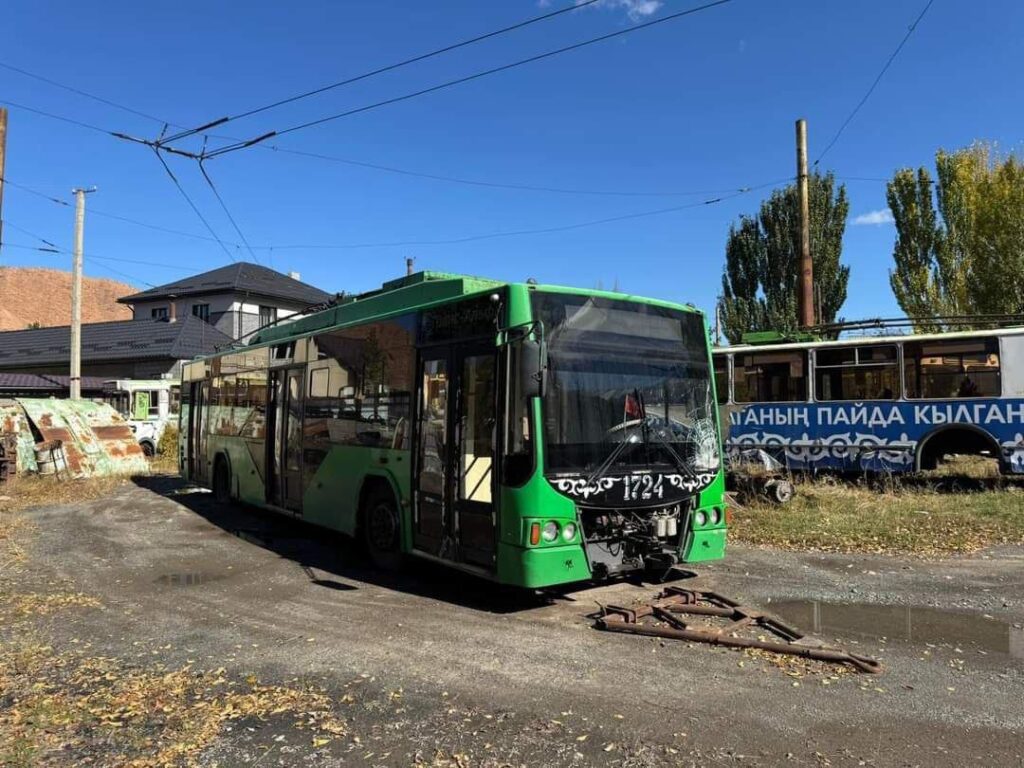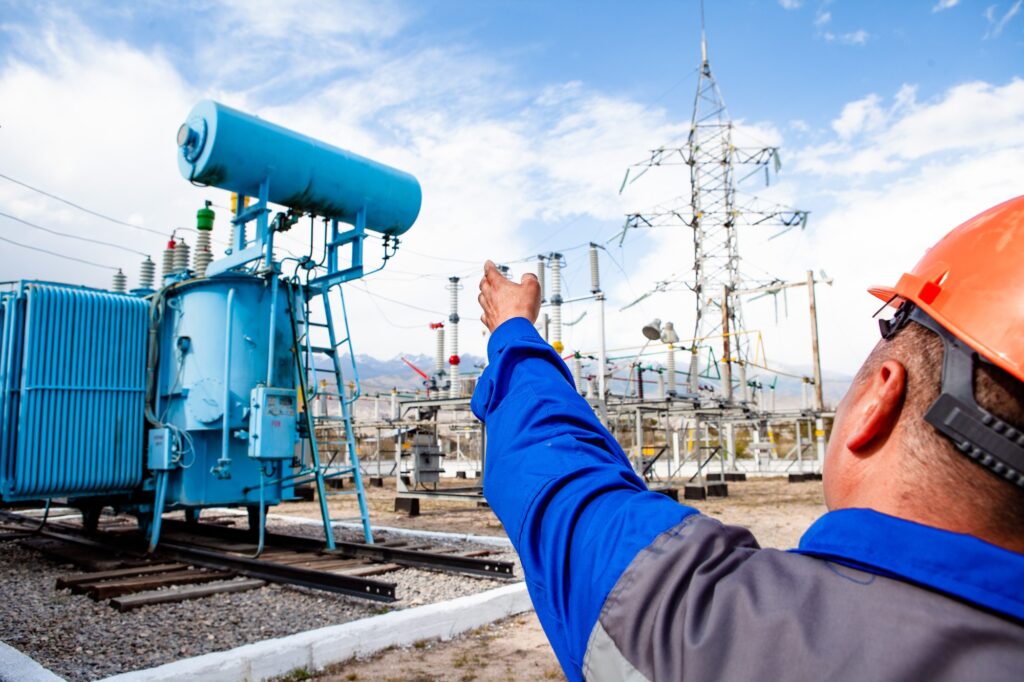LONDON (TCA) — Hope could be glimmering for Kazakhstan’s stagnating agro-sector which is more than half a century behind in technology, management and other aspects for sheer lack of capital to invest into crop diversification, quality improvement and other needs to boost product competitiveness. Kazakhstan is the world’s seventh-largest grain exporter, with half of its output available for sales abroad.
The government of Kazakhstan expects this year’s grain harvest to reach between 15 and 17 million tonne (around 14-15 million tonne in clean weight against 18.7 million tonne in 2015 and 17.2 million tonne in 2014), allowing the country to maintain or perhaps even exceed its annual export capacity of 8 million tonne. As of the beginning of May this year, carryover stocks of cereals stood at 7.635 million tonne including 6.593 million tonne of wheat, thereby securing possible lulls in supplies from farms due to unfavourable weather conditions.
Deceiving view
That may look nice from a superficial point of view. But that view is deceiving, and a closer look explains not only why in a country where close to a third of the entire employment is linked to the agro-sector, more than half of the arable land is laying bare. Today living standards in farming areas are about a third lower than in urban zones, agriculture accounts for hardly more than 10 per cent of the country’s GDP and for only two per cent of its capital investments.
In a very poor state
Between 1991 and 2012 the total surface of farmland in Kazakhstan was reduced from 218.4 to 93.4 million hectare. Today, Kazakhstan has only 11 million hectare left to cultivate wheat, its sole export grain, according to data from the US Agriculture Department, down from close to 12 million two years ago. Apart from dwindling farmland, productivity with 1.18 tonne of wheat per hectare is among the lowest in the world. With a global average of 3.32 tonne per hectare, Russia’s yield stands at 2.47 tonne and Uzbekistan’s at 5.14 tonne per hectare for the current year. In all: Kazakhstan’s agro-sector is in a very poor state – in more than one sense of the expression.
The same is true for livestock productivity. In the first four months of the current year, Kazakhstan produced 460,000 tonne of cattle in slaughtering weight, just below 1.3 million tonne of milk and close to 1.47 billion eggs, according to figures provided by the CIS Interstate Statistics Committee. For Kyrgyzstan, which has pasture lands in use amounting to less than 10 per cent of Kazakhstan’s, those figures stand at 112,200, 365,700 and 137.6 million respectively – meaning that grazing land productivity in Kyrgyzstan almost triples that of Kazakhstan.
No funds available
Surrounding countries are steadily working on crop diversification but Kazakhstan’s farmers mainly stick to wheat. The result is not only that crop rotation which constrains land erosion is all but absent, but also that Kazakhstan has to import considerable amounts of coarse grains for fodder, seed grains, and consumption grains such as barley, rye, maize, soyabeans and oats. All of which the country’s farms could easily produce themselves with a bit of investment into proper equipment, processing facilities and laboratories.
The money needed for that is not available. Farmers survive on annual “soft” credits by banks under state guarantees to bankers, just enough to buy fertilisers, to pay off or lease basic equipment such as tractors and combines, and other direct costs which leaves no funds available for fundamental improvements. Both banks and capital investors are blocked from access to the farming sector since land ownership in Kazakhstan is non-transferrable meaning there is no collateral or valuable investment asset in place. All money invested in better conditions to improve quality, quantity and diversity of agriculture in Kazakhstan means throwing money into the void with the investor holding all the risks. No investor with his mind in the right place will go for that.
New legislation
A recent attempt by the government to allow land ownership transfer for Kazakh nationals and the possibility to lease land for either local or foreign individuals or enterprises was thwarted by protests in various parts of Kazakhstan against “selling out our land”. The funny thing is that those “protests” took place in cities without any participation by farmers, who are for all it matters pretty well organised in trade unions in Kazakhstan.
International news media tried to explain the “protests”. One report by the BBC posted at the time referred to the unrest as based on fears that “…only the rich and powerful will benefit from the amendments, leaving the rest of the population without land.” This is a misinterpretation of the real situation on the ground (literally speaking), since Kazakhstan’s agriculture’s main problem does not consist of population without land but of land without population.
Control of agro-imports
The real situation is that control over agro-imports is an extremely lucrative business, mostly in the hands of tycoons some of whom are suspected of maintaining close ties with smuggling syndicates and other organised crime formations. Those are indeed the “rich and powerful” but they do not want land; what they want is to lay land to waste in order to continue their profitable trade. Rumours indicate that a group of powerful people involved in agro imports is suspected of “preparing an armed coup”, allegedly paid for by owner of the brewery Shymkentpivo Tokhtar Tuleshev, with authorities claiming that hundreds of “demonstrators” (read: professional barricade fodder) were paid against the land reforms.









